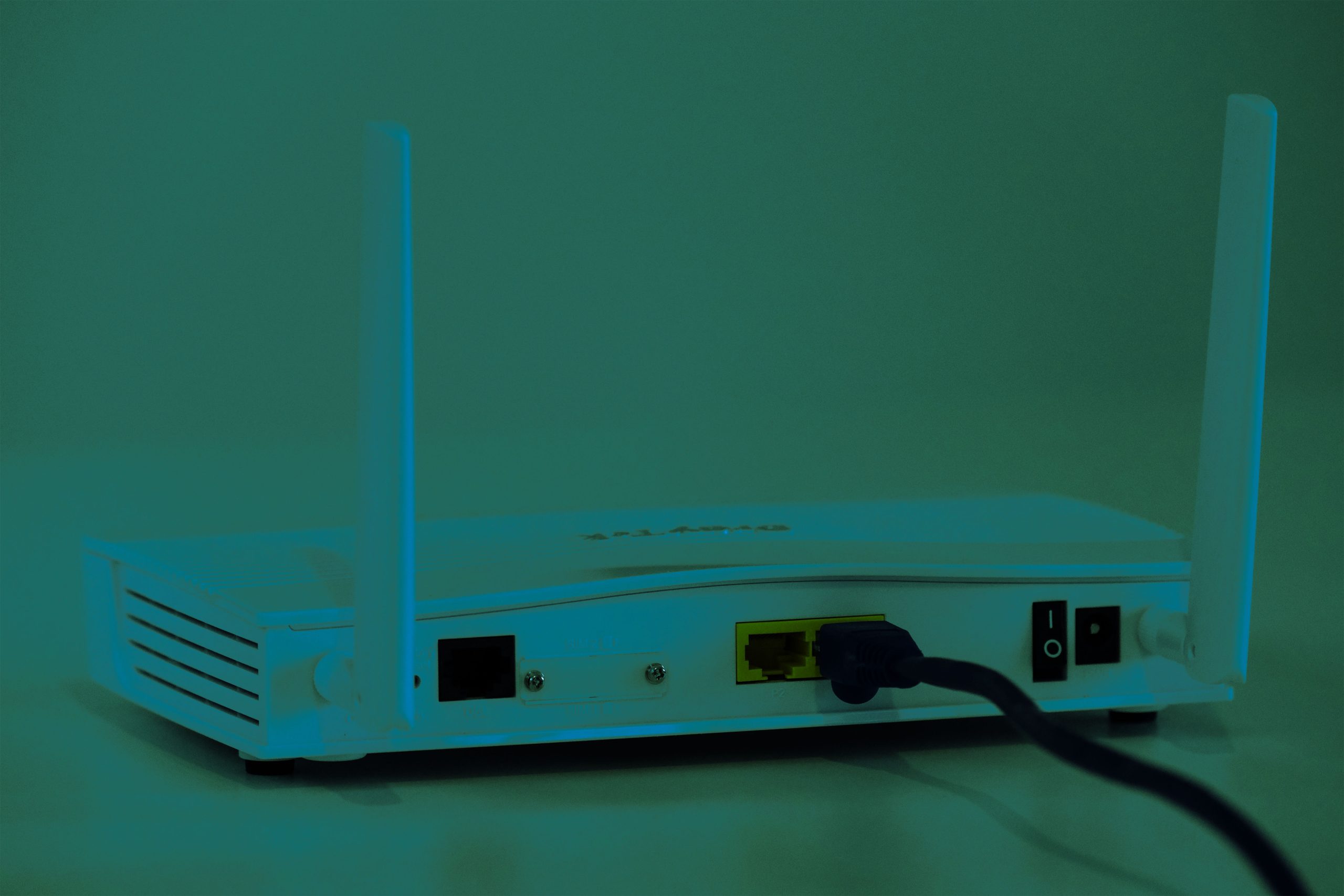IoT is a growing part of the Connectivity industry. On Episode 21 of The Connectivity Matters Podcast, we were joined by Dave Kjendal, the CTO at Senet, to talk about the latest advancements in the IoT field, as well as its practical applications to daily life. Here’s what he said:
“There are so many that can be talked about in terms of where that technology can be applied. What’s really interesting is that massive-scale IoT is where we see a lot of interest. Utility spaces, such as water utilities, are certainly quite mature in terms of massive-scale IoT adoption. They’ve developed things like metre reading, water quality analysis, and valve controls, done at very large scales using millions of devices that have been instrumented for many years now. That’s been a natural evolution in the space for driving efficiency.
We’re starting to see that the next opportunity in the utility area is looking at the natural gas area, which includes residential gas delivery systems. So metering, valve control, leak detection, things like this, as well as in the production side of it. Everyone is very aware of the sensitivity of methane to climate change, so a lot of focus is being put on that area. Unfortunately, on the residential side, there’s a loss of life and property that happens on a fairly regular basis.

Another area of IoT that has been growing is food safety compliance. Making sure that food is stored and prepared safely is another area where instrumentation can really go very far towards minimising costs while guaranteeing safety to the customer.
Those are maybe not obvious examples for many people who are thinking about the smart thermostat on their wall, but as we see it, it’s that level of instrumentation that really starts to unlock massive-scale value. The next iteration is more focused on smart applications that create heavily instrumented buildings. We saw some of this happen during the COVID period, where occupancy and safety impacted airflow and temperature variations. Things like VOC monitoring and humidity monitoring are the next big steps down that path.
What’s interesting to think about in those three examples is that there are regulations that are either in place or coming into place in the future, that are the precursors to pushing the market down that path. Many times, industries look at regulation as a threat, but for those of us in IoT, regulation is very often an opportunity for us to deliver solutions cost-effectively, creating a win for the consumer in the bill and for the property owner in meeting the regulatory requirements. It is one of the most interesting massive-scale opportunities as we start to improve our view as a society around what should be done, and we have the tools to implement it cost-effectively.
To hear more from Dave, tune into Episode 21 of The Connectivity Matters Podcast here.
We sit down regularly with some of the biggest names in our industry, we dedicate our podcast to the stories of leaders in the technologies industries that bring us closer together. Follow the link here to see some of our latest episodes and don’t forget to subscribe.
















